City and county officials across the United States increasingly recognize climate resiliency as essential to governance. As extreme weather events become more frequent and severe, local governments are expanding their focus beyond mitigation efforts to incorporate adaptation strategies into their climate plans. This dual approach requires balancing long-term planning with immediate action and demands significant financial resources for implementation.
The price tag for infrastructure upgrades, resilient building practices, and improved emergency response systems is steep. Consequently, access to capital—whether through federal grants, state programs, or innovative financing mechanisms—is crucial for communities to realize their climate adaptation plans.
However, many cities struggle with the complexity of identifying, applying for, and managing climate-related financial resources, especially within historically underserved communities. This challenge often exceeds local government capacity, creating a critical gap in climate action implementation.
Bridging the Gap: The Role of FUSE
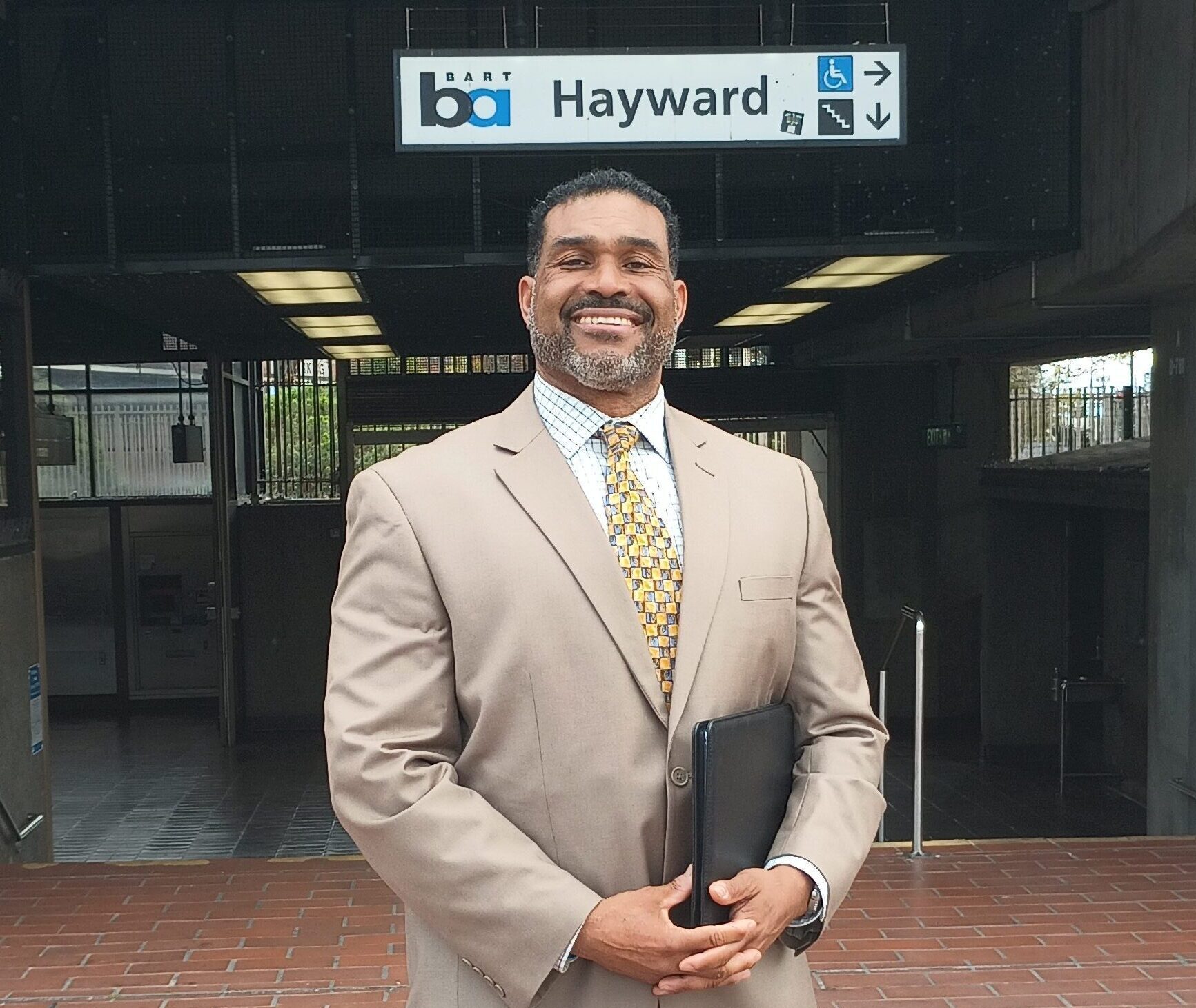
Organizations like FUSE have stepped in to address this capacity gap. FUSE pairs experienced professionals with local governments, helping them navigate the intricacies of federal funding and transform policies into actionable plans. One city benefiting from this partnership is Hayward, California, where FUSE Executive Fellow Fred A. Clay is making significant strides in climate resilience through equitable transportation solutions.
Hayward’s Roadmap to Inclusive and Sustainable Transportation
Situated in the heart of the San Francisco Bay Area, Hayward faces significant risks from rising sea levels and increased wildfire danger. Rather than viewing these as insurmountable challenges, the City is turning them into opportunities for community transformation through climate action.
Hayward’s approach centers on equitable transportation solutions, recognizing that smart mobility investments can yield multiple benefits. By securing targeted grants and leveraging its partnership with FUSE, the City is reimagining its transportation infrastructure to reduce emissions, enhance mobility, improve public health, and create more livable neighborhoods.
Clay, working with the City of Hayward to execute transportation-related strategies from the City’s Climate Action Plan, has already made significant progress. He helped the City secure a $250,000 Community-Based Transportation Planning grant from the third round of the One Bay Area Grant program to expand active transportation in historically underserved Equity Priority Communities (EPCs).
Understanding Equity Priority Communities
EPCs are populations that include people of color, individuals with lower incomes, and persons with limited English proficiency. They also encompass seniors 75 years and older, zero-vehicle households, single-parent families, persons with disabilities, and rent-burdened households.
In Hayward, the Community-Based Transportation Planning area includes a diverse population of over 80% people of color, with 61% Hispanic and 19% Asian residents. Additionally, over 28% of residents have lower incomes, and more than 18% are single-parent families.
Ensuring Inclusive Engagement
Clay emphasizes the importance of community involvement in this process. “The approach involves extensive community engagement to gather input from residents and stakeholders, ensuring everyone’s voice is heard,” he explains. “The primary objective is to enhance transportation accessibility, safety, and sustainability while addressing local concerns equitably.”
To achieve this, the City developed a comprehensive Public Engagement Plan focused on EPCs. This plan employs various strategies, including a dedicated website page, focus groups, surveys, workshops, and community forums.
Clay’s work focuses on encouraging multi-modal transit adoption in underserved communities. He is forging partnerships with diverse organizations, including advocates for bicycle and pedestrian safety, safe school routes, and various marginalized groups. Collaborations with Cal State University East Bay and Hayward Unified School District extend the project’s reach to include refugees, asylum seekers, and non-native English speakers.
“We hope to foster a more collaborative and responsive relationship with residents as well as develop accountability mechanisms to ensure continued community investment,” Clay adds. “This program will partner with residents and community groups to identify transportation priorities that reflect community values and safety.”
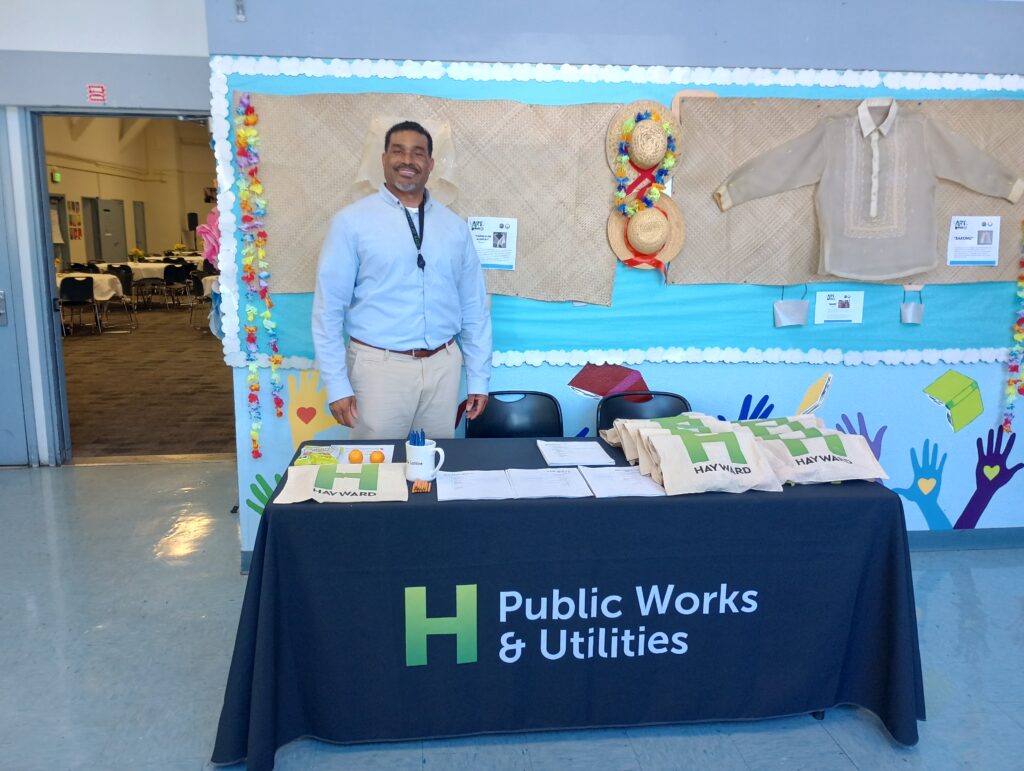
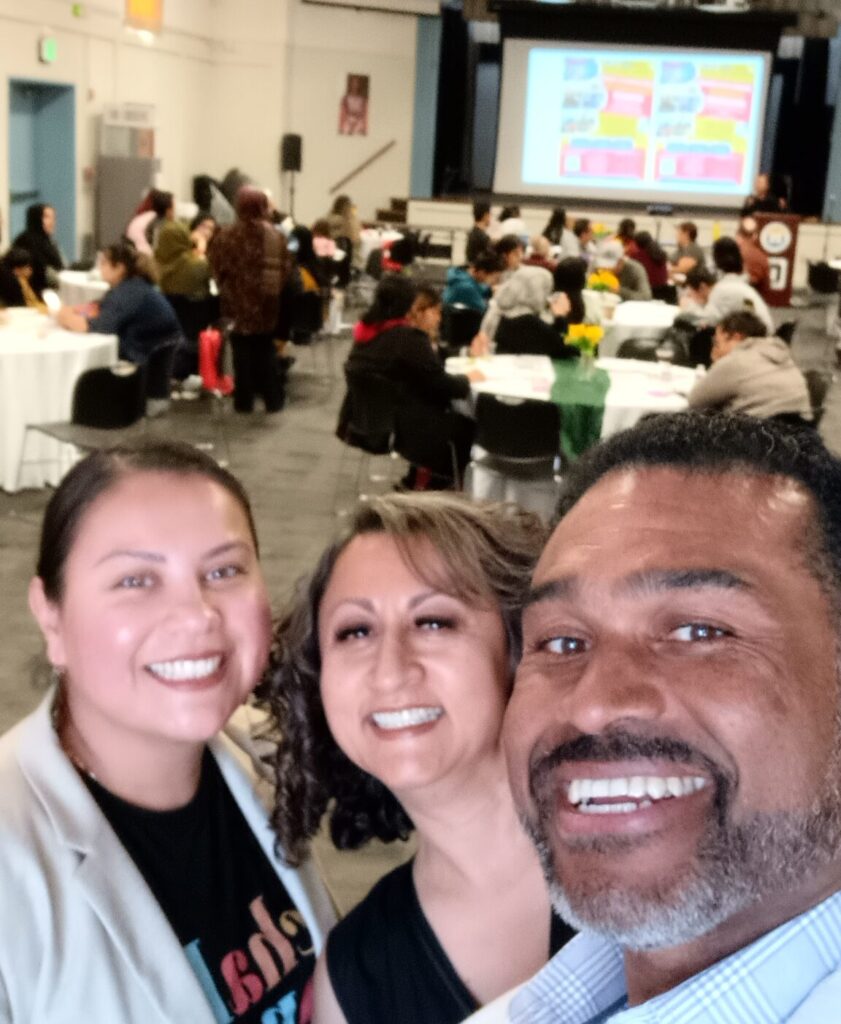
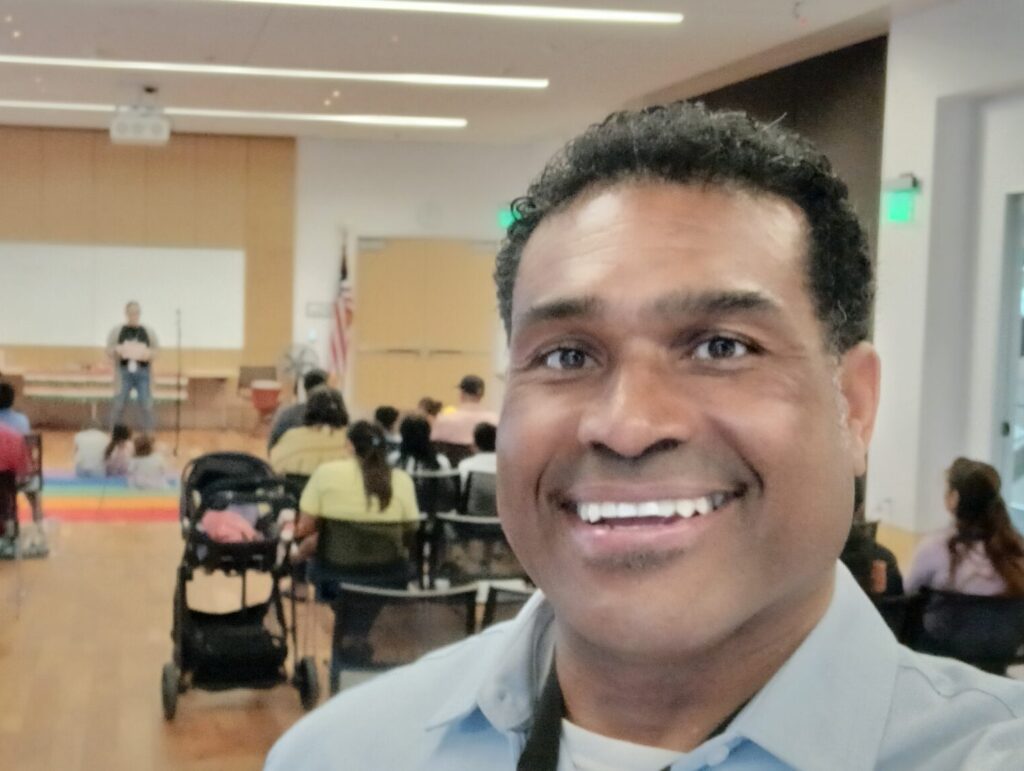

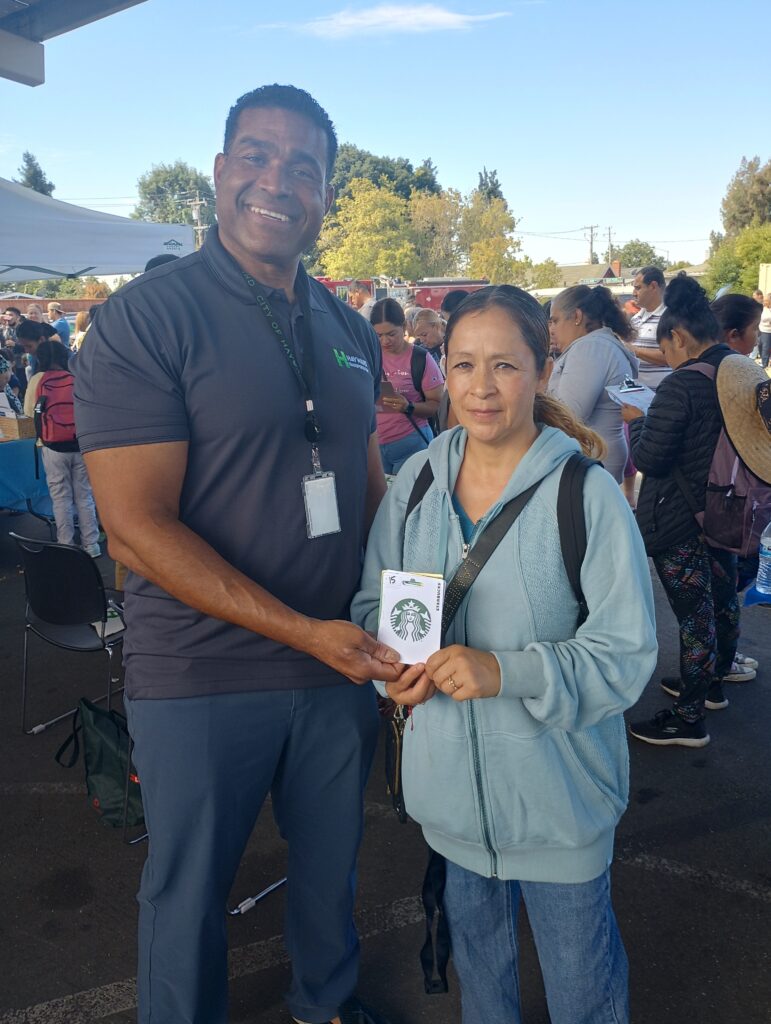

Innovative Approaches and Future Plans
Through this process, Hayward aims to identify potential solutions, innovative strategies, and best practices from other communities. The focus is on promoting the use of e-bikes, pedal bikes, and other forms of active transportation as non-traditional solutions to meet travel needs.
The City will also assess emerging technologies and develop a prioritized list of initiatives, projects, and programs implemented successfully in other cities and counties. Community feedback will inform conceptual road plans, which the City may use to pursue additional funding for various improvements, including:
- Design and construction of safe and livable transportation corridors
- Traffic calming measures to reduce vehicular speeds
- Redundant and resilient safety features at vulnerable locations
- Improvements to bicycle and pedestrian infrastructure
- Enhanced service and access to transit
The Power of Equitable Climate Funding and Collaboration

Louch (left) and FUSE project supervisor
Byron Tang (right).
Hayward’s approach to climate action through equitable transportation serves as a model for cities nationwide. By securing targeted funding and engaging in meaningful community partnerships, the City addresses climate challenges and creates a more inclusive, accessible, and sustainable environment for city residents.
As cities across the United States grapple with the dual imperatives of climate mitigation and adaptation, Hayward’s experience offers valuable lessons. The success of Hayward’s initiative highlights several key factors:
- The importance of securing and leveraging grants to fund climate resilience projects
- The value of partnerships with organizations like FUSE in bridging capacity gaps
- The critical role of community engagement in ensuring equitable outcomes
- The potential for transportation initiatives to address multiple challenges simultaneously
The journey towards climate resilience is ongoing, but Hayward’s progress demonstrates that with vision, collaboration, and a commitment to equity, communities can pedal their way towards a more sustainable and inclusive future. Cities can transform climate challenges into opportunities for comprehensive improvement by prioritizing equity, fostering community involvement, and pursuing innovative funding strategies.



